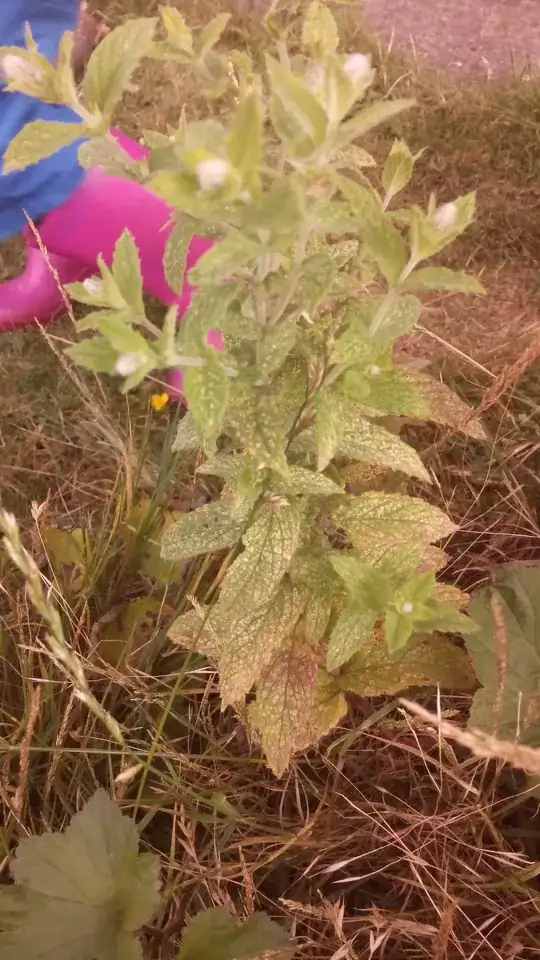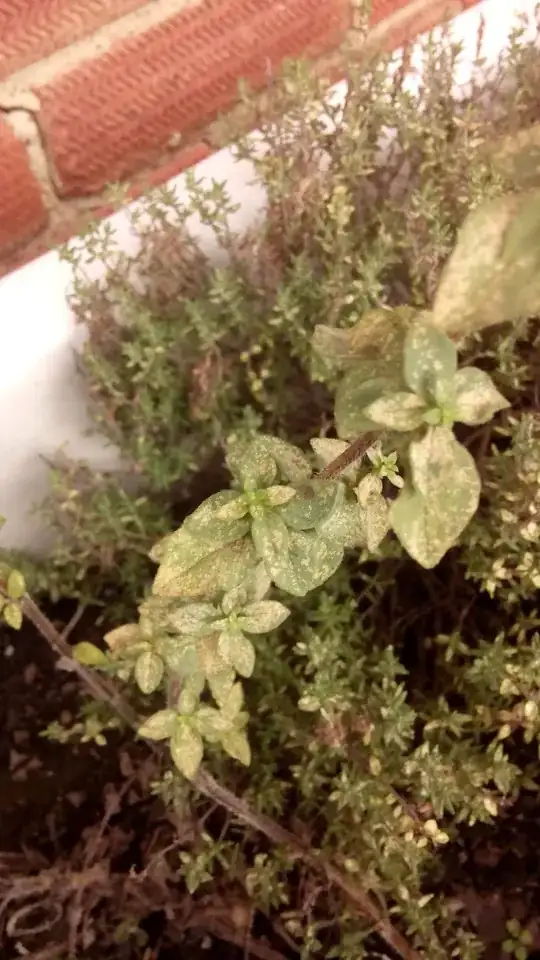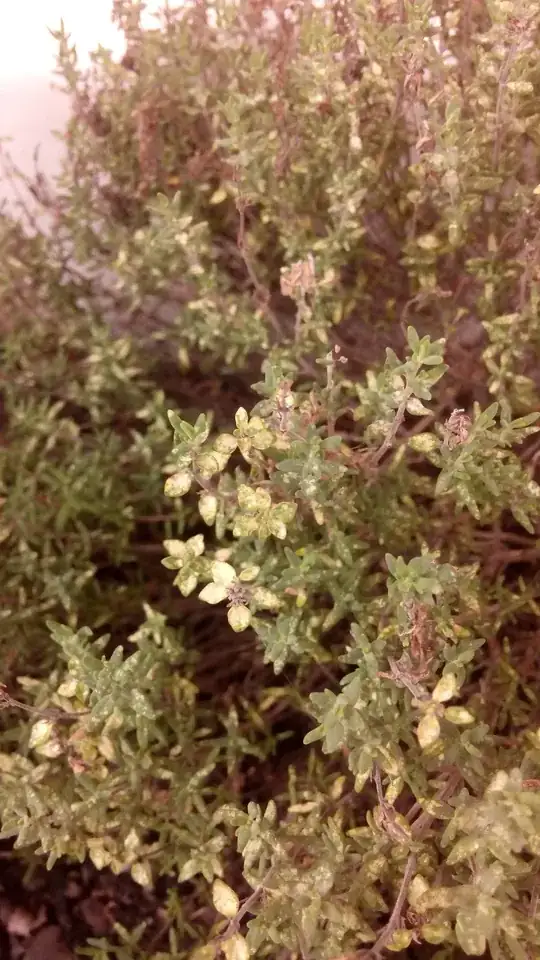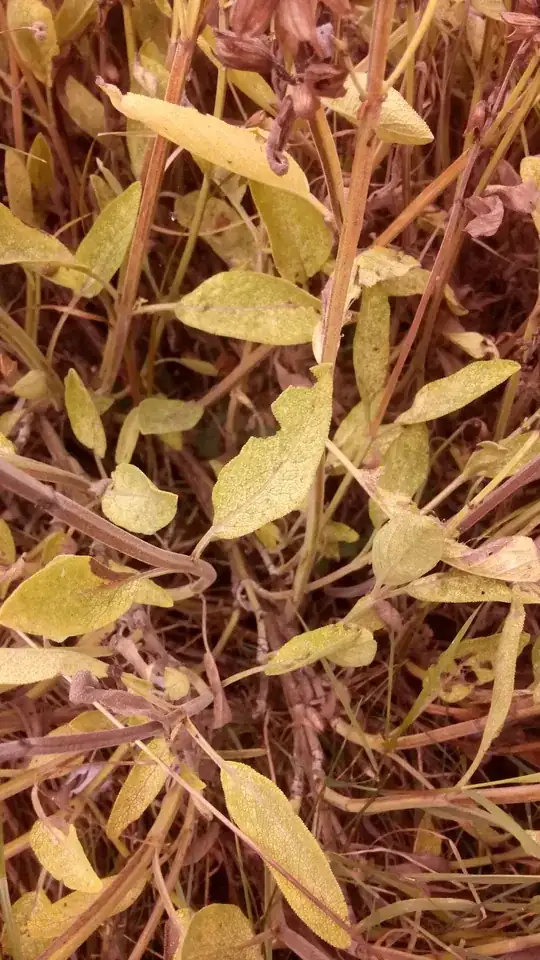The leaves on all my garden herbs (mint, sage, oregano, thyme, lemon balm) get yellow-brown speckles from late spring, which by late summer almost entirely cover the leaves.
What might this disease (or diseases - the mint looks like rust but I've not heard of rust affecting thyme) be, and how can I treat it? And can I still eat the affected leaves?



